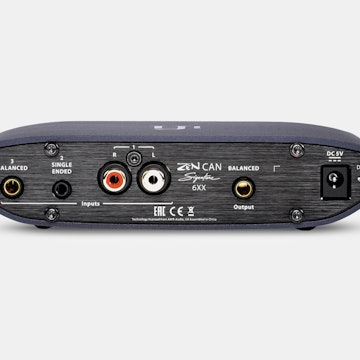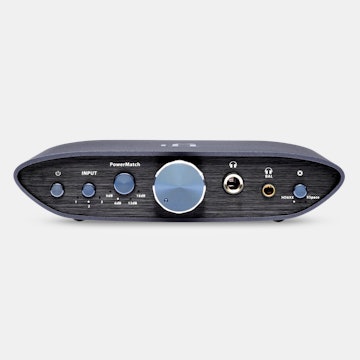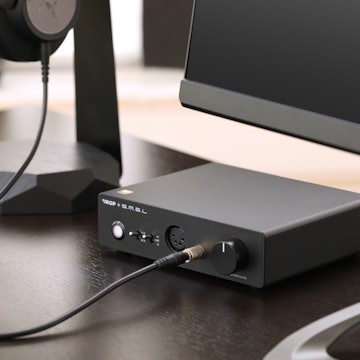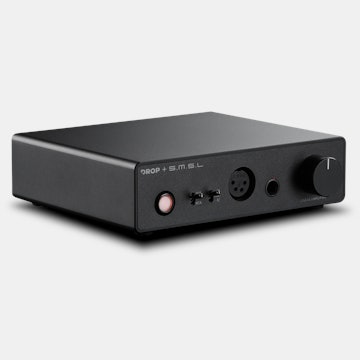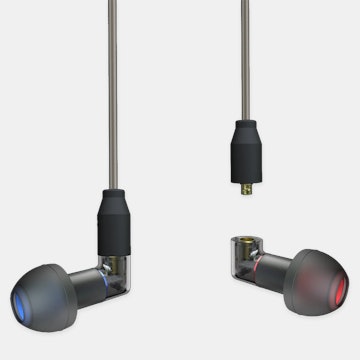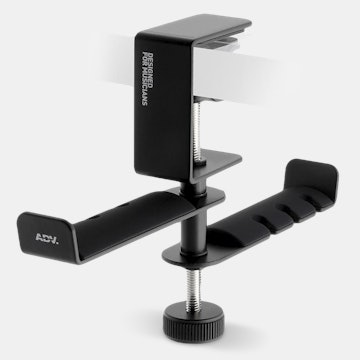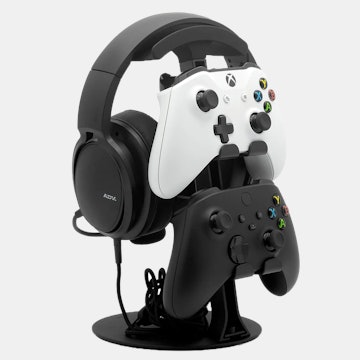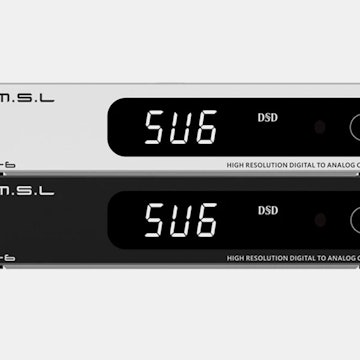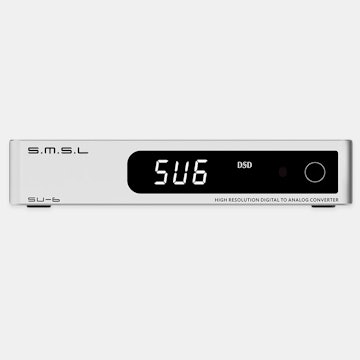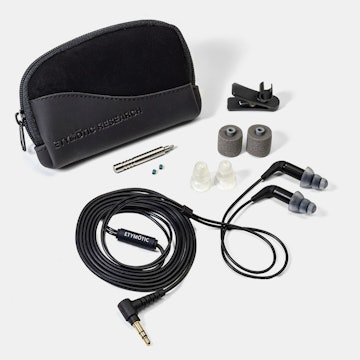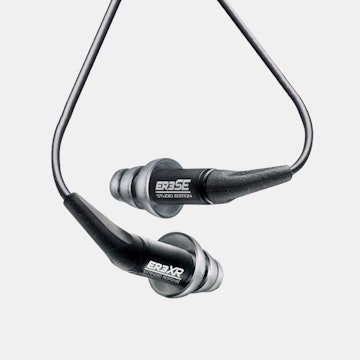Click to view our Accessibility Statement or contact us with accessibility-related questions


Showing 1 of 76 conversations about:
Boogiemouse
9
Oct 2, 2014
bookmark_border
Sampling and frequency are not the same. For instance, since your ears can hear up to 18k or 20k, you might think that digital sampling at that rate would suffice. However, you would then be trying to produce a rounded analogue 20k frequency wave...with a single square digital bit. This can get ''edgy" to the point of headaches, and inability to decide if it's a cymbal or a snare hit. Actually, even 192 is a bit jaggy in it's attempt to reproduce an analogue wave form.
There are many, many articles on this, and even many demos online from the HiRez download sites.
A common comment regarding higher KHz is that the music is more "involving"...and not just "there".
famish99
18
Oct 2, 2014
bookmark_border
BoogiemouseThis comment makes my brain hurt... http://en.wikipedia.org/wiki/Nyquist_rate
As long as you know what frequencies you want to capture, you can very easily pick the appropriate sampling rate.
As long as you know what frequencies you want to capture, you can very easily pick the appropriate sampling rate.
gaze
20
Oct 8, 2014
bookmark_border
BoogiemouseA one bit on, one bit off wave is not "edgy" at all in your hearing range. It's a square wave, which may be decomposed as a harmonic series as a perfect sine wave at say 20KHz, and then the next higher harmonic and all higher get filtered off by the low pass filter on the DAC's output stage. It'll be a perfect sine wave at 20 KHz, plus a perfect sine wave at a third the amplitude at 60 KHz, plus a sine wave at a fifth the amplitude at 100 KHz, and so forth. Notice that the first harmonic is WELL outside the human hearing range.

